- This is an example of the alert banner that we can use to highlight breaking developments.
- Learn More
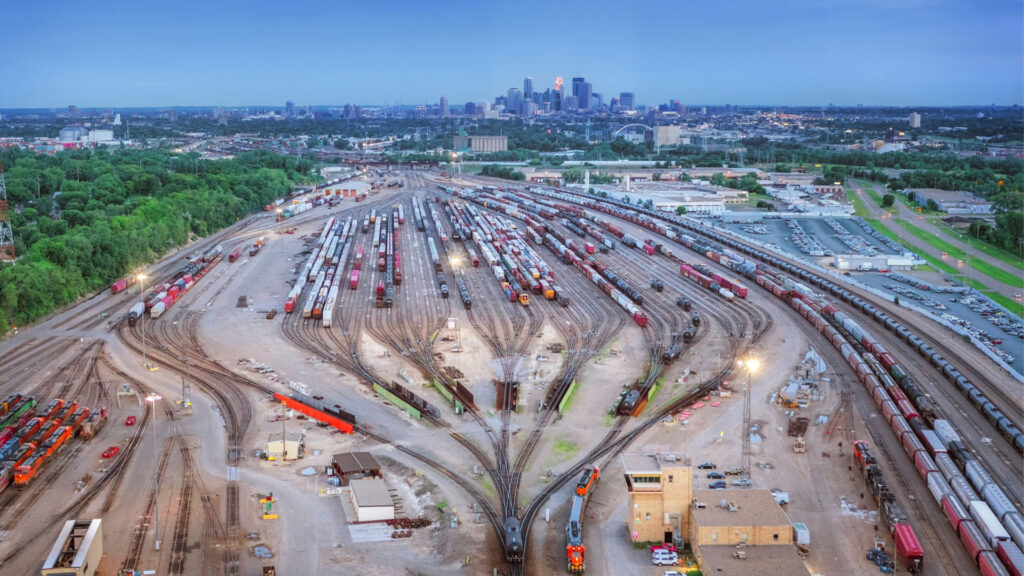
Welcome to the NRLC newsroom. Here you’ll find the latest updates and media resources. Sign up for our newsletter to receive these updates via email.
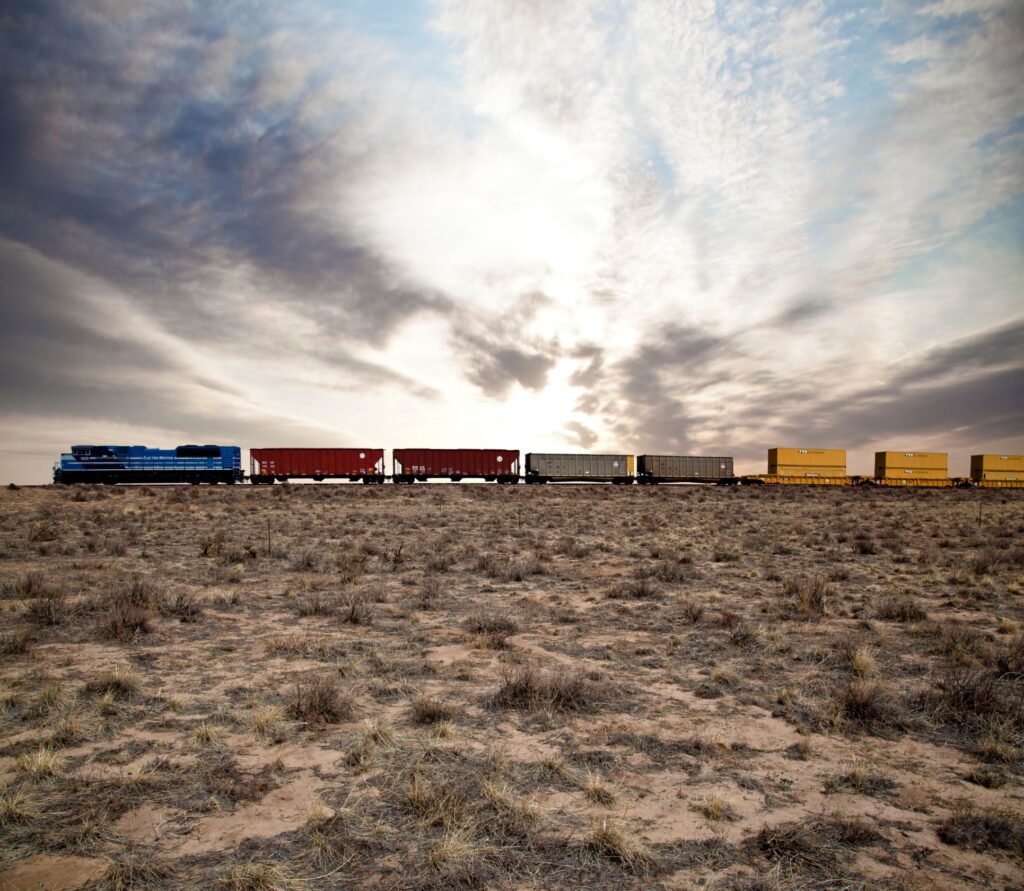
2025 bargaining round has seen historic collaboration between freight rail carriers and the unions Arlington, Va. (November 3, 2025) – The National Carriers Conference Committee (NCCC) today announced it has reached a national tentative agreement [...]
Link to post.
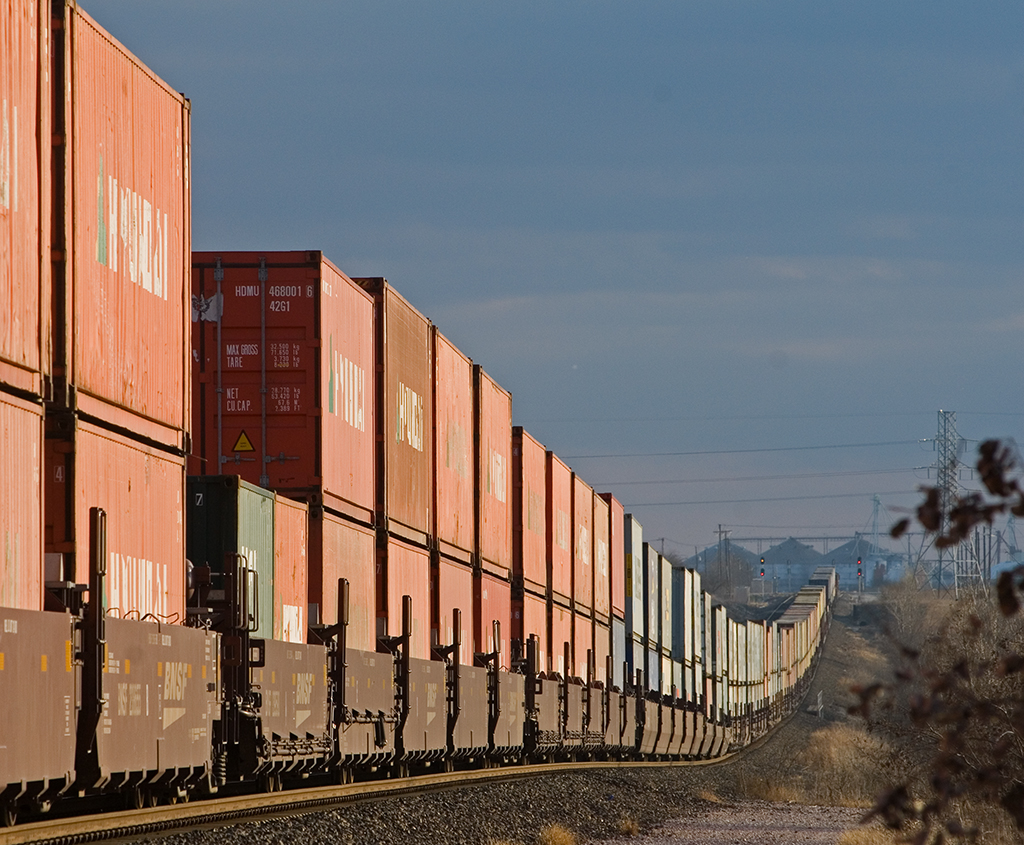
Within the first year of national bargaining, 75% of rail union employees have ratified agreements. Arlington, Va. (October 30, 2025) – The National Carriers Conference Committee (NCCC) today announced that members of the Sheet Metal, [...]
Link to post.
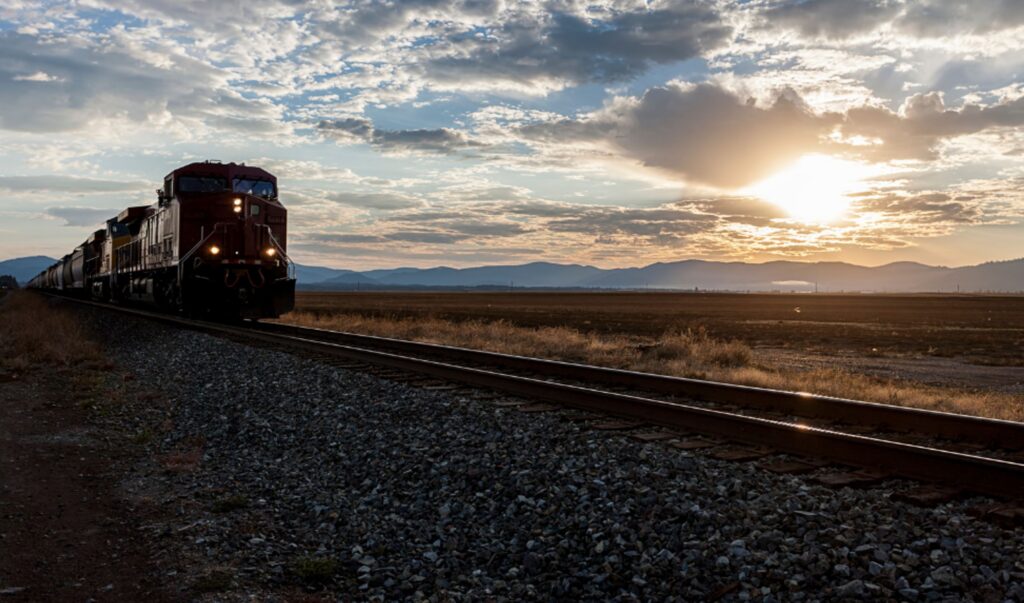
Once ratified, more than 80% will be covered by pattern terms. Arlington, Va. (September 16, 2025) – The National Carriers Conference Committee (NCCC) today announced it has reached a national tentative agreement with the SMART-Transportation [...]
Link to post.
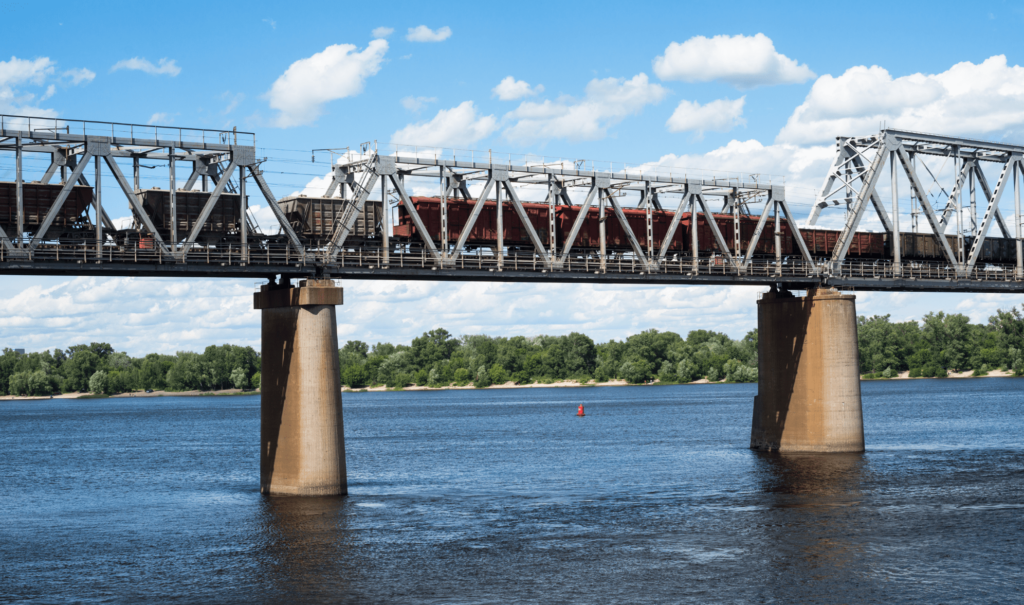
Arlington, Va. (August 26, 2025) – The National Carriers Conference Committee (NCCC) today announced it has reached a national tentative agreement with the Brotherhood of Railroad Signalmen (BRS). The agreement, which is subject to member [...]
Link to post.

On July 1, thousands of freight rail employees across the country will see their paychecks continue to grow as the first of the new wage increases negotiated in the 2025 national bargaining round take effect. [...]
Link to post.
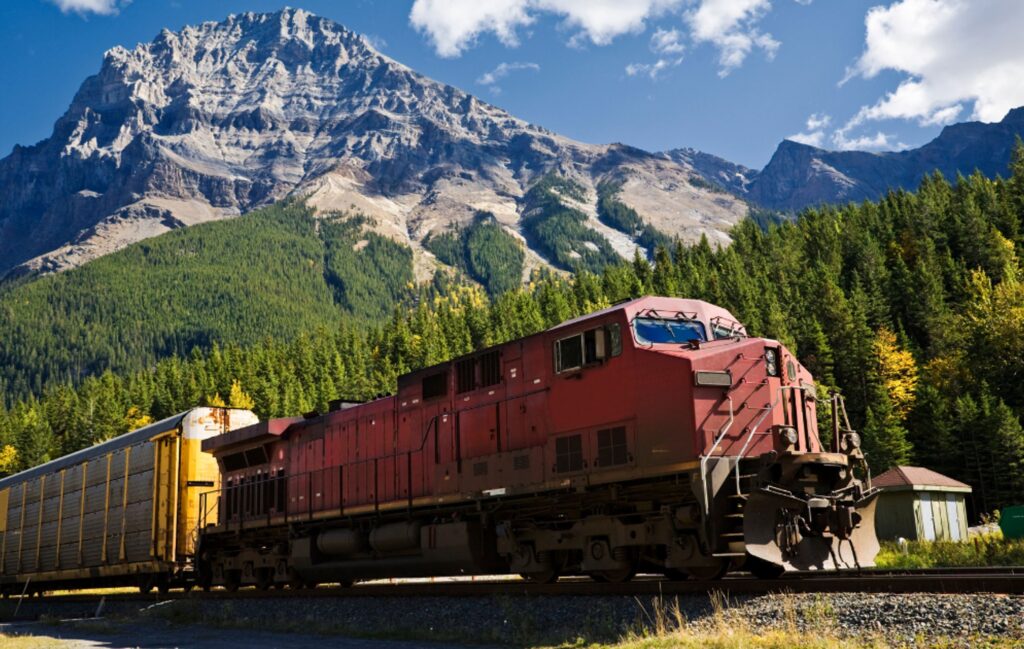
Arlington, Va. (June 2, 2025) – The National Railway Labor Conference (NRLC) today announced the appointment of Stephanie Deiger as Vice Chair. Ms. Deiger succeeds Jeff Rodgers, who held the role prior to being named [...]
Link to post.
Get the latest facts and figures about jobs, employment, and bargaining in the freight rail industry.
Have questions about the freight rail industry or our collective bargaining process?
Who are the parties involved in national railroad bargaining?
The current national collective bargaining agreements between freight rail carriers and rail unions can reopen for negotiation starting in November 2024. At that time, “Section 6 notices” will be exchanged and bargaining will begin.
Why have some carriers and unions already announced local agreements?
National Carriers Conference Committee (NCCC) members maintain open lines of communication with their freight rail union counterparts. As recent events have demonstrated, these discussions can provide opportunities to resolve priority issues on mutually agreeable terms. We’re encouraged by the early progress to reach agreements, some of which have been ratified, and support our members’ efforts to invest in good freight rail jobs while maintaining the industry’s ability to compete in the future.
Carriers and unions that have reached ratified agreements will not need to participate in the upcoming bargaining round. The early agreements also do not change the timeline for national bargaining.
Who are the parties involved in national railroad bargaining?
The most recent round of bargaining included more than 30 railroads represented by the National Carriers’ Conference Committee and 12 rail unions:
How long does the bargaining process take?
The timing of the process can vary. Sometimes agreements are reached quickly, and at other times, negotiations have proceeded through each part of the RLA process. In the next round of negotiations, we want to reach timely, voluntary agreements that are beneficial for all stakeholders.